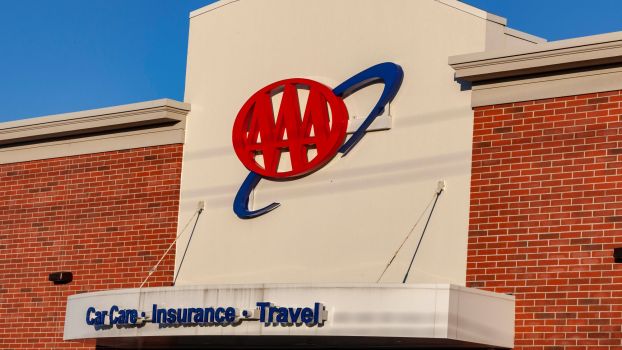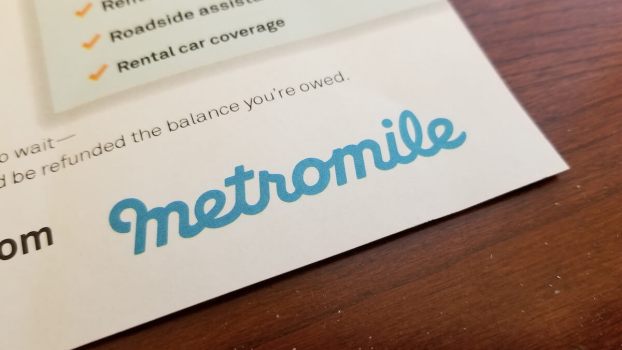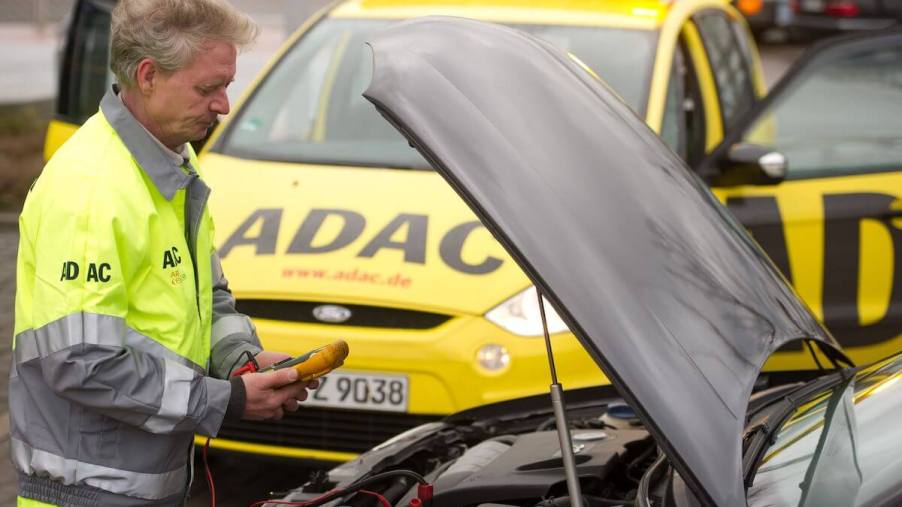
Is Buying Roadside Assistance Insurance a Good Idea?
Having to buy car insurance can get expensive, but roadside assistance insurance can add to that cost. Every year, drivers spend an average of $2,000 on car insurance, which tends to go unused, even though it’s the law to have it. Roadside assistance insurance isn’t required by law, but many drivers still pay for it and never use it.
However, if you have an older car, it could be a good idea to buy it. According to AAA, a car that is 10 years old or older is more than twice as likely to break down and four times as likely to need a tow. Let’s take a closer look at roadside assistance insurance to see if it’s right for you.
What is roadside assistance insurance?
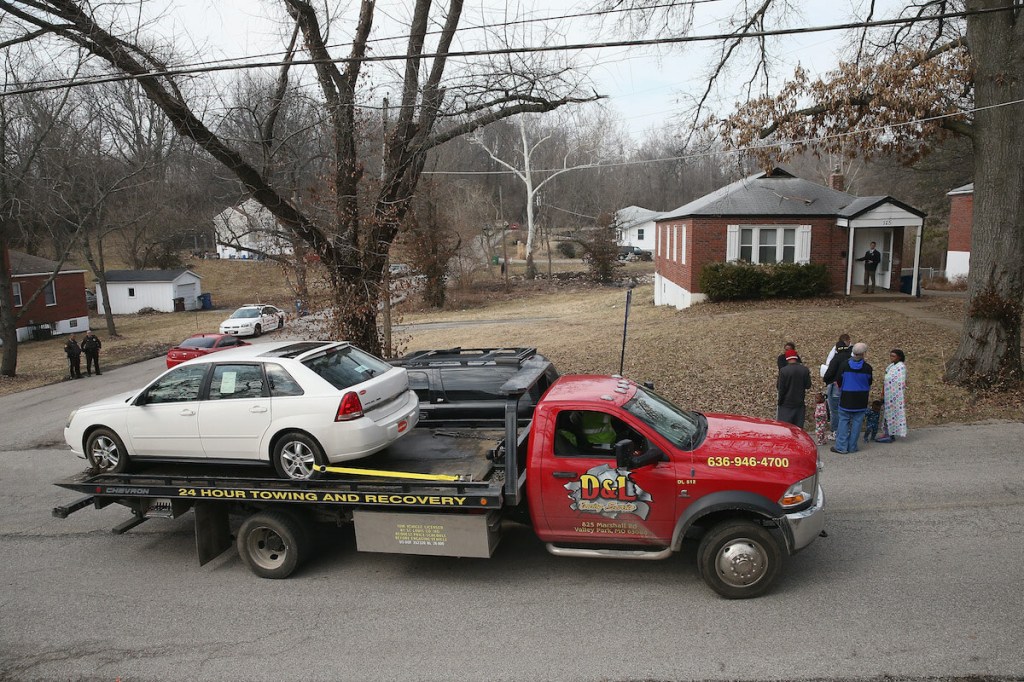
Roadside assistance coverage is insurance that assists or pays for expenses incurred when your vehicle breaks down or needs a tow. If and when your car breaks down, you can contact your roadside assistance provider via phone or an app. The dispatcher will then send someone to come help you.
According to Forbes, here are four ways to get roadside assistance coverage:
- Add it to your insurance policy
- Receive coverage as a benefit from a company
- Purchase an auto club membership that has roadside assistance
- Pay per use when an auto emergency strikes
What does roadside assistance insurance cover?
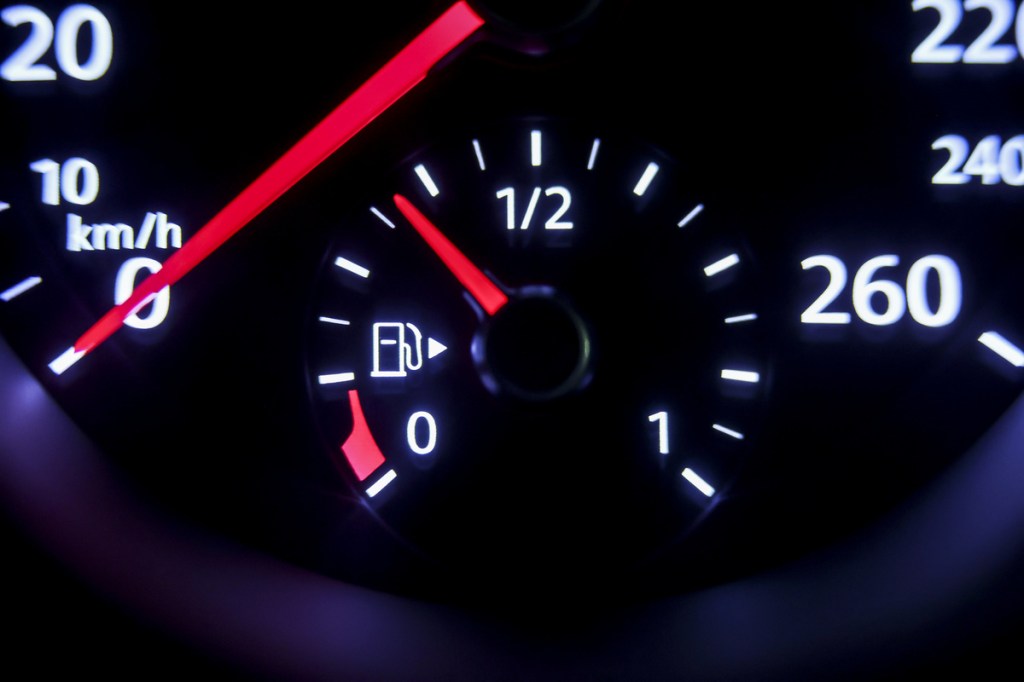
Roadside assistance insurance covers many different issues if you end up on the side of the road. The coverage varies from provider to provider, but here are the most common issues:
- Your breaks down and need repairs
- You need to have your car towed
- Your car’s battery needs a jump start
- The battery needs to be replaced
- You locked your keys in the car
- A flat tire needs to be changed
- Your car runs out of gas
Some roadside assistance policies have limitations, like only towing your car to the nearest repair shop or limiting the number of service calls in a year. There are also some extra benefits, like trip interruption coverage, which covers lodging expenses if your car breaks down on a road trip, and legal defense reimbursement. That covers your legal fees up to a certain amount if you need an attorney to defend your case.
How to get roadside assistance coverage
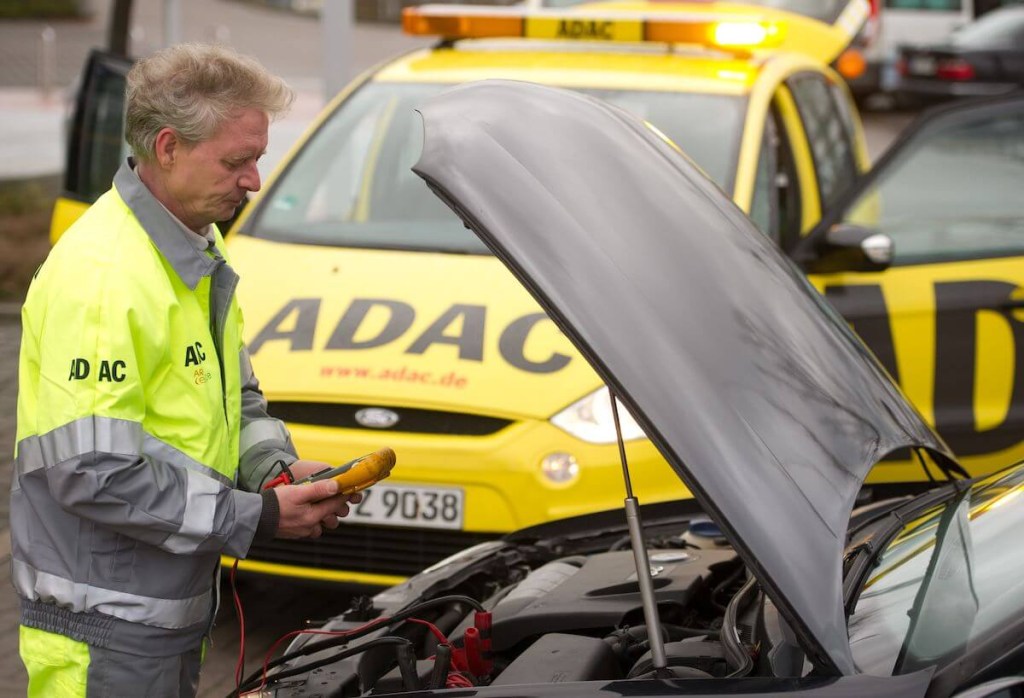
An auto club like AAA is the easiest way to get roadside assistance coverage. They have annual plans that cover tow services, fuel, jump starts, etc. Additionally, many insurance companies offer roadside assistance, which can be added to your policy. Some of the most popular insurance companies include:
- Allstate
- Geico
- State Farm
- Progressive
- USAA
These insurance companies offer similar services, including towing, flat tire changes, fuel delivery, locked vehicles, and 24/7 assistance. However, if you would rather not go through an insurance company for roadside assistance, you may only need to look in your wallet.
Various credit cards have roadside assistance benefits that include all of the aforementioned services. Some of the most popular credit cards include:
- Capital One: Venture, Quicksilver, and Savor
- Chase: This program offers a number of services to cardholders for a $59.95 fee per service call.
- Mastercard’s Master RoadAssist Services: MasterCard holders can receive free roadside assistance by calling a hotline. The fees for the services will be charged to the card.
Ultimately, roadside assistance coverage can be the best type of coverage to have if you own an older car. Even if you own a new car, it’s still a good idea to get this type of coverage should an emergency happen while you’re on the road.
